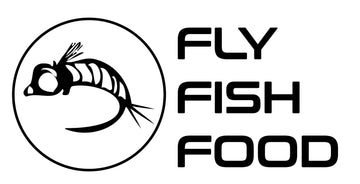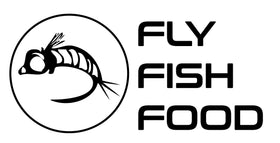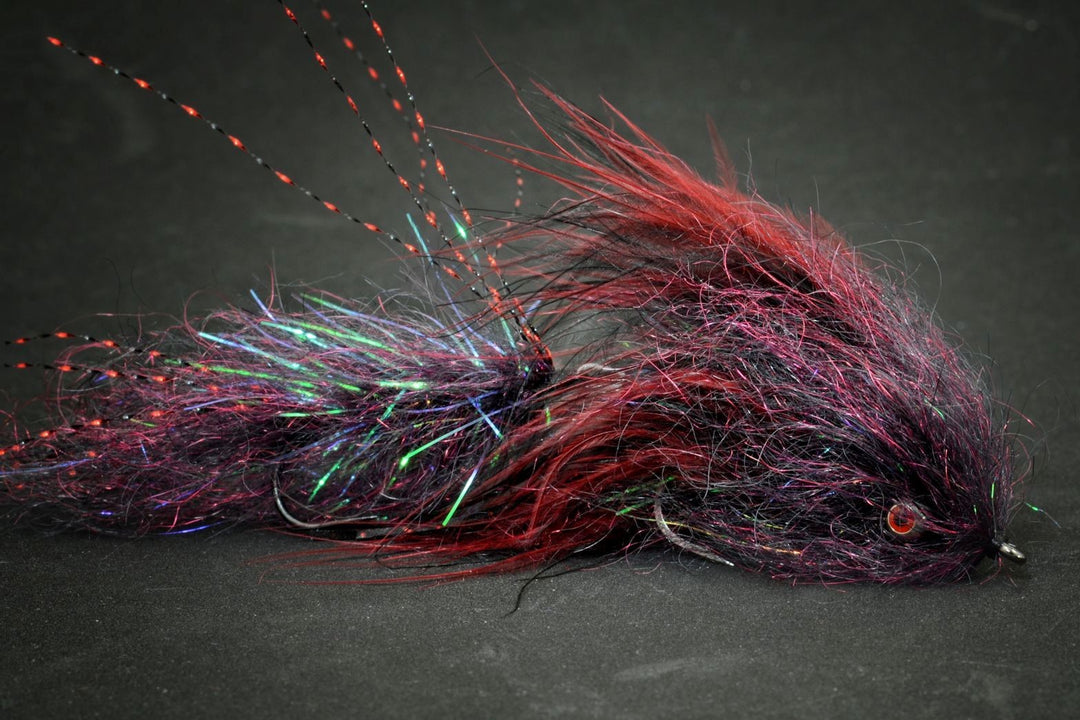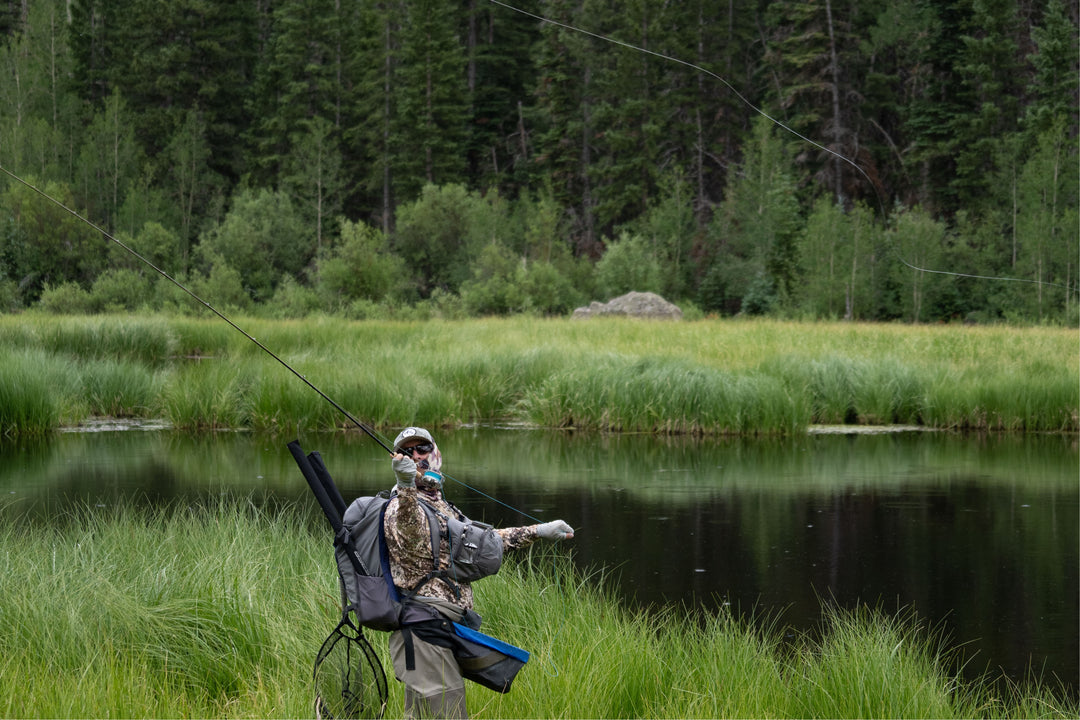Idaho ·
Henry's Fork Fly Fishing Report - August 8/23/2025
SOUTH FORK OF THE SNAKE RIVER FLY FISHING REPORT
Idaho's Premier Fly Fishing Destination
Report Date: August 23, 2025 | Next Update: August 30, 2025
Current River Conditions — Henry's Fork (as of Aug 23, 2025)
Read before you go: The Henry's Fork is fishing well in many sections but conditions are variable by reach. Mornings remain the most productive time for dry-dropper and indicator nymph rigs. Expect pockets of off-color water below some feeder channels — bring beadhead and high-visibility options.
Flows & Clarity
Flow: Low-to-moderate for late summer (variable by section)
Visibility: Mostly clear to lightly stained in many stretches; isolated turbidity after wind or upstream runoff
Notes: Check local USFS/IDFG updates for exact gauge numbers before launching
Flow: Low-to-moderate for late summer (variable by section)
Visibility: Mostly clear to lightly stained in many stretches; isolated turbidity after wind or upstream runoff
Notes: Check local USFS/IDFG updates for exact gauge numbers before launching
Water Temperature
Morning: mid-50s °F
Afternoon: mid-50s to low-60s °F in slow, shallow pockets
Trend: Warm afternoons mean earlier starts and an eye on water temps
Morning: mid-50s °F
Afternoon: mid-50s to low-60s °F in slow, shallow pockets
Trend: Warm afternoons mean earlier starts and an eye on water temps
Weather & Wind
Forecast: Warm, mostly sunny; afternoon thermals and 5–15 mph gusts likely
Tip: Fish early and late; wind typically lays down after sunset
Forecast: Warm, mostly sunny; afternoon thermals and 5–15 mph gusts likely
Tip: Fish early and late; wind typically lays down after sunset
Access & Logistics
Access: Most standard put-ins and trailheads open; parking busy on weekends
Boats: Ramps operational; float plan recommended for popular runs
Local Info: Outfitters in Ashton / Island Park for last-minute beta
Access: Most standard put-ins and trailheads open; parking busy on weekends
Boats: Ramps operational; float plan recommended for popular runs
Local Info: Outfitters in Ashton / Island Park for last-minute beta
Hatch Chart & Insect Activity (Late Aug)
| Insect | Size | Activity Level | Prime Time |
|---|---|---|---|
| PMDs (Pale Morning Duns) | #14–18 | Good ⭐⭐⭐ | Morning — mid-morning |
| Caddis (adult & skittering) | #14–18 | Steady ⭐⭐⭐ | Evening and late afternoon |
| Yellow Sallies & Small Stones | #12–16 | Modest ⭐⭐ | Afternoon |
| Terrestrials (hoppers, ants, beetles) | Attractor sizes | Increasing ⭐⭐⭐ | Midday to afternoon (banks) |
| Midges | #18–22 | Light ⭐⭐ | All day — pays at picky pockets |
| Stoneflies / Salmonfly adults | #4–10 (scarce) | Spotty ⭐⭐ | Where found: turbulent banks, late morning |
Recommended Flies (matched to patterns in the fly list)
Links below go to trusted fly patterns that match the flies you'll want in your box for Henry's Fork right now. Carry several sizes and a mix of beadhead/soft-hackle/dry styles.
- Salmonfly / Big Stonefly Imitations: Libby's Salmonfly
- Large rubber-leg & stone nymphs (indicator / euro): Tungsten Pat's Rubber Legs | Keslar's Rubberleg Hare's Ear
- PMDs & small mayflies: Split Case - PMD | Tungsten Split Case Nymph - PMD
- Small emergers & bwos: Parachute - Blue Wing Olive
- Caddis (skittering / CDC): Corn-fed Caddis (CDC) - Olive | Corn-fed Caddis (CDC) - Tan
- Classic nymphs (work-horses): Pheasant Tail Tungsten
- Streamers & sculpin patterns for low-light or stained pockets: Coffey's Articulated Sparkle Minnow - Sculpin #4 | Sculpzilla - Natural | Egan's Poacher - Olive
- Worms / eggs (for pressured fish in pockets): Olsen's DNA Worm - Brown & Red
Tactics & Strategy — Where to Make the Most of Your Day
Start early: First light through mid-morning gives you the best dry/dropper and PMD windows. Fish will often be in the seams and shelf water.
Nymphing: Indicator or euro setups with a heavier beadhead dropper (tungsten Pheasant Tail, Split Case, Pat's Rubber Legs) get bites when the surface is quiet. Fish tight to seams and near mid-channel rocks.
Dry-dropper / Hopper-dropper: When terrestrials are present, fish a foam hopper or Bionic Hopper on top with a #14–16 nymph below. Focus on bank seams and foam lines.
Streamer: Low light and stained pockets respond to aggressive strips — sculpin patterns and articulated minnows near structure and undercut banks are reliable.
When water's stained: Bump the size, add hot-spot beads, and use flashier bodies. Brighter / larger droppers will help trout find your offering.
Nymphing: Indicator or euro setups with a heavier beadhead dropper (tungsten Pheasant Tail, Split Case, Pat's Rubber Legs) get bites when the surface is quiet. Fish tight to seams and near mid-channel rocks.
Dry-dropper / Hopper-dropper: When terrestrials are present, fish a foam hopper or Bionic Hopper on top with a #14–16 nymph below. Focus on bank seams and foam lines.
Streamer: Low light and stained pockets respond to aggressive strips — sculpin patterns and articulated minnows near structure and undercut banks are reliable.
When water's stained: Bump the size, add hot-spot beads, and use flashier bodies. Brighter / larger droppers will help trout find your offering.
Section Notes & Quick Game Plan
| Section | What to Fish | Key Tip |
|---|---|---|
| Upper Henry's Fork (near Island Park) | Nymph rigs, PMD emergers, small dries | Fish deeper seams and pocket water early; switch to dry/dropper mid-morning |
| Middle stretches / classic riffles | Indicator nymphs, Tungsten PTs, Rubberlegs | Slow your drift — trout key to the edges of current lanes |
| Lower Henry's Fork / slower runs | Terrestrials, caddis, streamers in low light | Avoid hot afternoons; target evening caddis and terrestrial lines |
Quick Checklist
- Rod: 4–6 wt for dries/nyphs; 6–8 wt if planning heavy streamer work
- Leaders: 9–12 ft taper for nymphing; 7–9 ft for dries; shock tippet for streamers
- Flies: Carry PMD dries/emergers, caddis CDCs, Pheasant Tail tungsten nymphs, Pat's Rubber Legs, and a sculpin streamer
- Extras: Floating & sinking leaders, hemostats, net, polarized sunglasses




